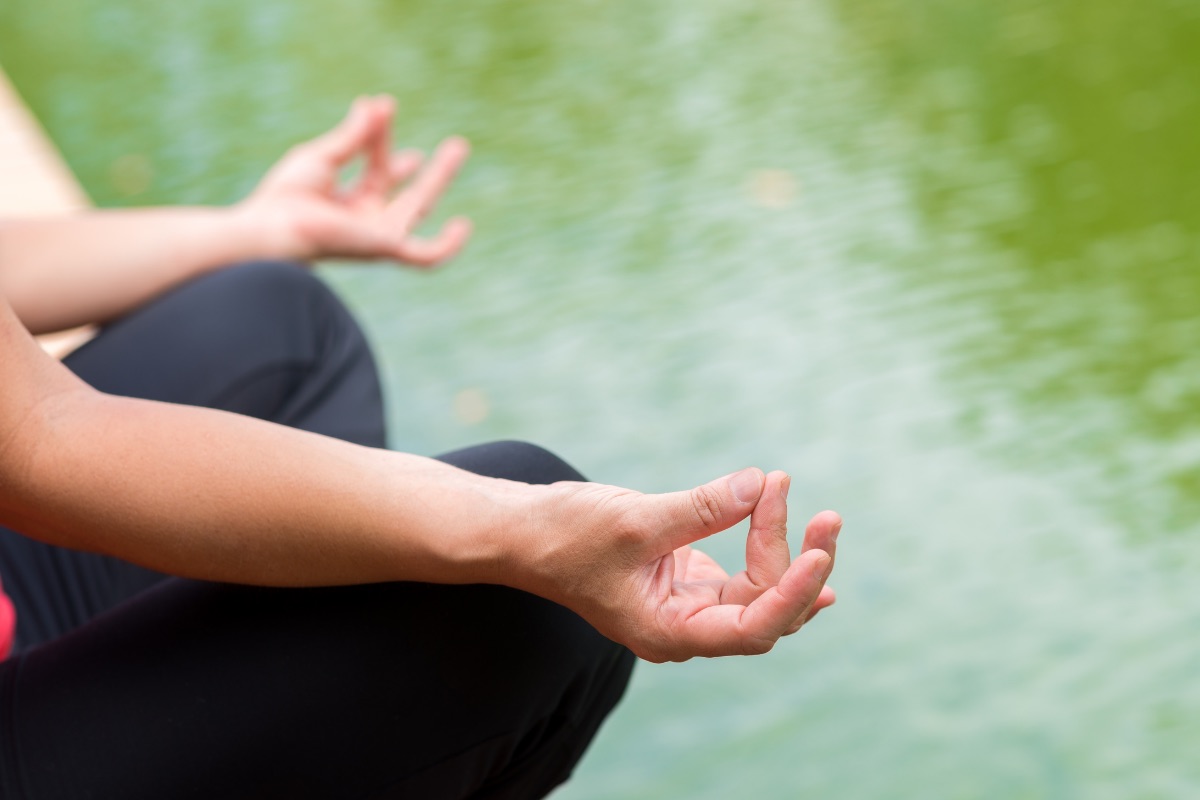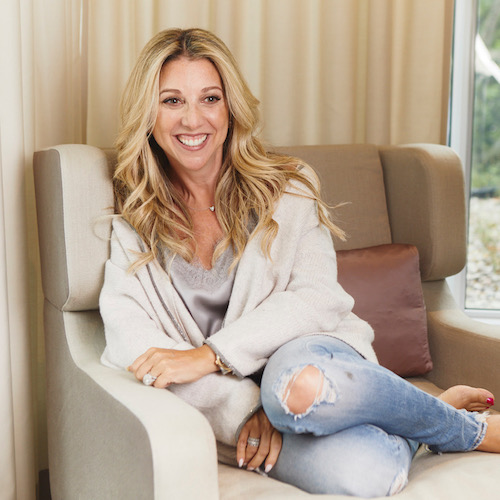
People fall into several camps regarding meditation. There are those who are retreat-going, sit-silently-on-a-cushion-for-30-minutes-every-morning people. Then there are the people who have tried meditating but think they’re bad at it. There are also people who think meditating is too hocus-y pocus-y for them. And there are those like me, who fell in love with 10-minute guided meditations, and grew from there. (There are also those who are in the ‘never-never’ camp — so maybe this article isn’t for them!)
There’s an old adage — “If you don’t have 15 minutes to meditate, you need 30 minutes to meditate”
As a holistic nutritionist, hypnotist, yoga lover, and wellness coach, I’ve always been intrigued by the literature about meditation and all of its touted benefits, which include improving one’s mood, increasing one’s sense of wellbeing, improving memory, and reducing stress. One article I read even said that meditation increases the volume of grey matter in your brain, which has been linked to better focus, longer-lasting emotional stability, and more positive emotions. Wow! How do I get some of that?
As a long-time yoga student I was very familiar with shavasana — the ‘drop dead’ resting pose that ends most yoga classes. Shavasana generally lasts for about 3 minutes, which never quite felt long enough for me. When the instructor would signal the end of the pose with, “Okay, now wiggle your fingers and toes…”, I was never ready to get up!
When I’m interested in a subject I like to do a deep dive, so I hired a meditation instructor and learned how to ‘sit’. This style of meditation means sitting on a cushion in a quiet location for up to 20 minutes per day. To my disappointment, this practice turned out to be too intense and stress-inducing for me. Most days I couldn’t shake the sense that my timer had broken; my stress levels would increase instead of giving me all of the promised feel-good benefits. What a rip off!
So I abandoned my road to meditative bliss
My narrative was that ‘my mind was too busy’ and that I was ‘bad at meditating because I feel too much stress’. This is a common reaction for people making their first forays into meditating.
Although I halted my daily practice, the curiosity never went away. About a year later, I received an advertisement on my cell phone for Headspace, a guided meditation app. The ad said ‘Try 10 minutes for 10 days’. Hmm, intriguing. I could do that.
Headspace was my first experience with guided meditations. Eureka! I was hooked.
Let me explain why this experience felt so different to me. First, it’s ‘guided’, which means that you listen to a calming voice talking you through the session. The guidance allowed me to focus on something, and the lessons that the meditations took me through were so helpful.
In addition, the stress that I had felt with un-guided meditation was no longer a trigger. What I began to experience by the end of my 10 days on Headspace, was that 10 minutes was starting to feel like it wasn’t long enough.
How did meditating actually feel?
Like taking a perfectly-timed nap — not the ‘too long so I’m groggy and still need to wake up’ kind of nap, but the refreshing, rested feeling from a perfect nap.
This is when my meditation journey took its next meaningful step.
I worked my way through many of the Headspace meditations. I found them so inspiring and helpful; the app includes rescue meditations (2-3 minutes for super stressful moments), programs for beginners, for stress, for change — all of the things that we deal with in our day-to-day lives.
I’ve also explored and really enjoy the Calm meditation app, which a friend of mine aptly referred to as ‘the Netflix of meditation apps’. (This friend is someone I met in my next meditation step — the University of Toronto’s School of Continuing Education course on the History of Meditation).
As a super duper extremist (and arguably an education junkie) — when I fall in love with something I go ‘all in’. So, I thought, why not learn how to lead meditations and add that to my toolbox of wellness strategies to help people?
Stress, after all, is a universal human condition
We each have to deal with it in different ways, and at different levels, on a regular basis. Everyone is busy, stressed, overworked, underworked, or out of work — trying to get through change and uncertainty.
We are all looking for, and wishing for, happiness and calm. We are not taught how to manage our stress. We are not given strategies in school, or, in most cases, even at home. This is why I am so inspired by my experiences.
Does meditation make the stress, sadness, or difficult emotions go away?
No — that’s not even the intent. The aim is to create space between ourselves and our emotions. Let me put this in a more relatable way; the space we create during meditation allows us to have emotions, but not be swept away by them. You can feel stress or anger or sadness, but you have the ability not to be consumed by it. Refreshing.
Just like those thoughts that feel like intrusions while we’re meditating, our negative emotions are part of the human condition. Wishing them away is futile and could even be destructive. We are supposed to feel. We are supposed to think. Our minds are designed to be active. This knowledge gives us the compassion we deserve to give ourselves — the non-judgement that we need.
So what then is the purpose of meditation, if not to quiet the mind and sit in stillness?
Meditation is actually the exercise of noticing the wanderings of the mind. Noticing the negative emotions. By doing this while we direct our attention to our breath, space is created. Sometimes this space allows the emotions to subside. Sometimes it just gives us permission to be, exactly where we are. This is where the ‘practice’ aspect of meditation comes into focus. It is a practice — meditation is not a skill. A regular practice will provide the benefits that are so often touted.
A daily meditation practice — even 10 minutes per day — is enough to begin your mind’s re-wiring, enough to offer you benefits. This daily practice can be an invaluable resource in your toolbox of wellness and happiness.
Listening to someone guiding you through a short practice, sometimes with soothing music or rain sounds in the background, is a simple, inexpensive prescription that takes you in a healthy direction. No negative side effects, no overdose risk.
I urge you to give it a try. You’ll see why I believe it’s such an effective, easy tool to further your wellbeing. In difficult times like these, don’t we need all the tools we can get?
We’d love to hear from you! Please send us your suggestions for future articles. And if you’re a writer, please see our writer’s submissions page for details.

